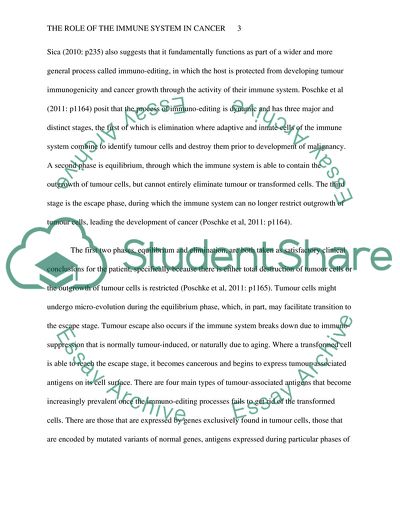Cite this document
(Assess the role of the immune system in cancer Essay, n.d.)
Assess the role of the immune system in cancer Essay. https://studentshare.org/health-sciences-medicine/1841344-assess-the-role-of-the-immune-system-in-cancer
Assess the role of the immune system in cancer Essay. https://studentshare.org/health-sciences-medicine/1841344-assess-the-role-of-the-immune-system-in-cancer
(Assess the Role of the Immune System in Cancer Essay)
Assess the Role of the Immune System in Cancer Essay. https://studentshare.org/health-sciences-medicine/1841344-assess-the-role-of-the-immune-system-in-cancer.
Assess the Role of the Immune System in Cancer Essay. https://studentshare.org/health-sciences-medicine/1841344-assess-the-role-of-the-immune-system-in-cancer.
“Assess the Role of the Immune System in Cancer Essay”. https://studentshare.org/health-sciences-medicine/1841344-assess-the-role-of-the-immune-system-in-cancer.


